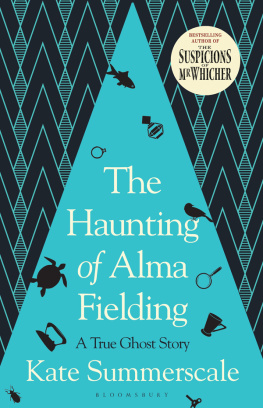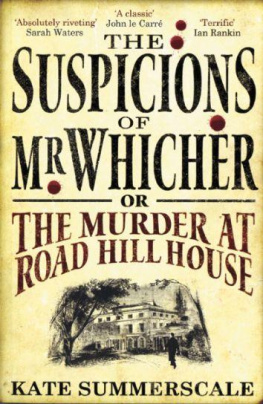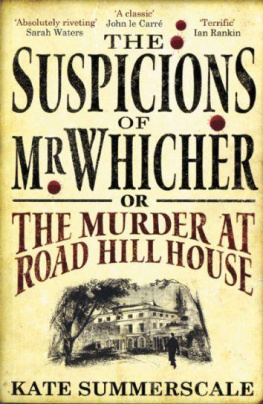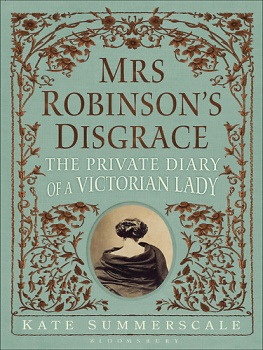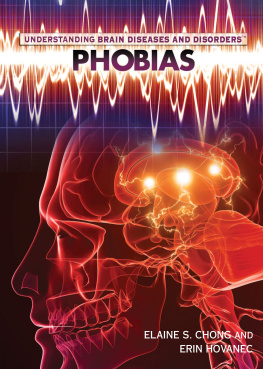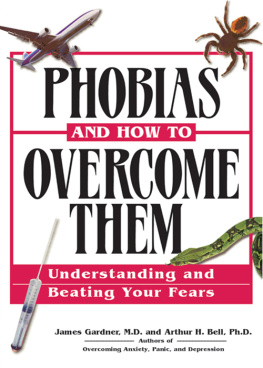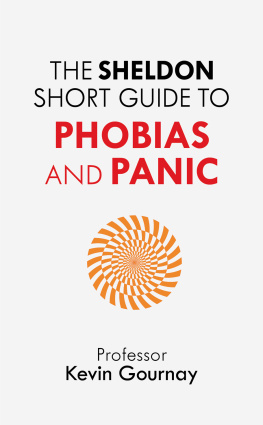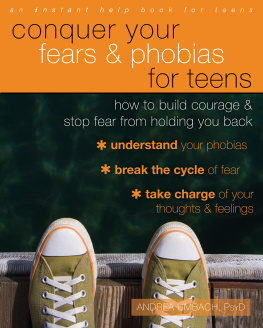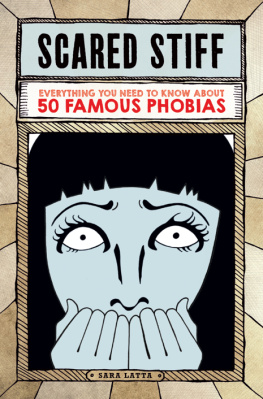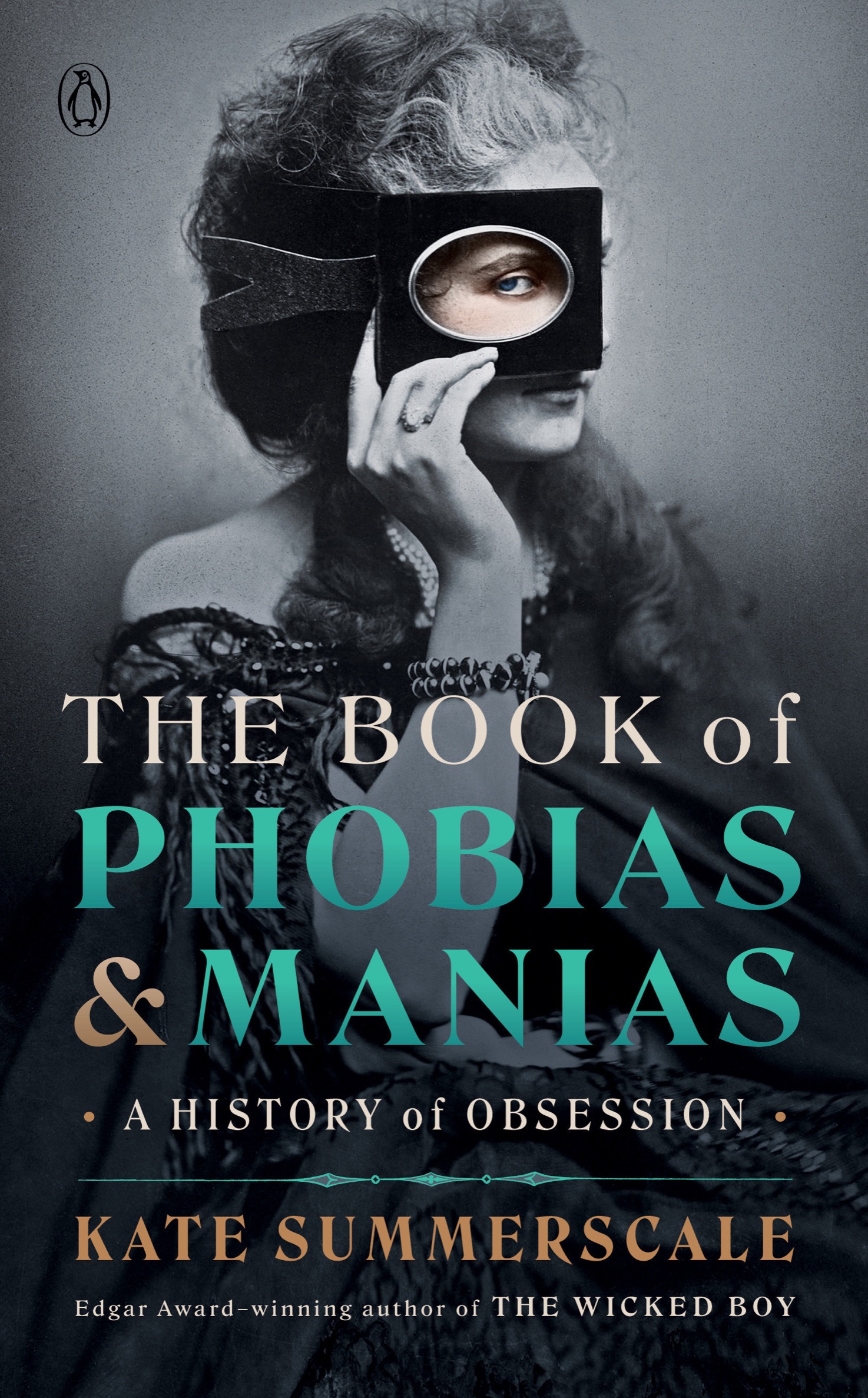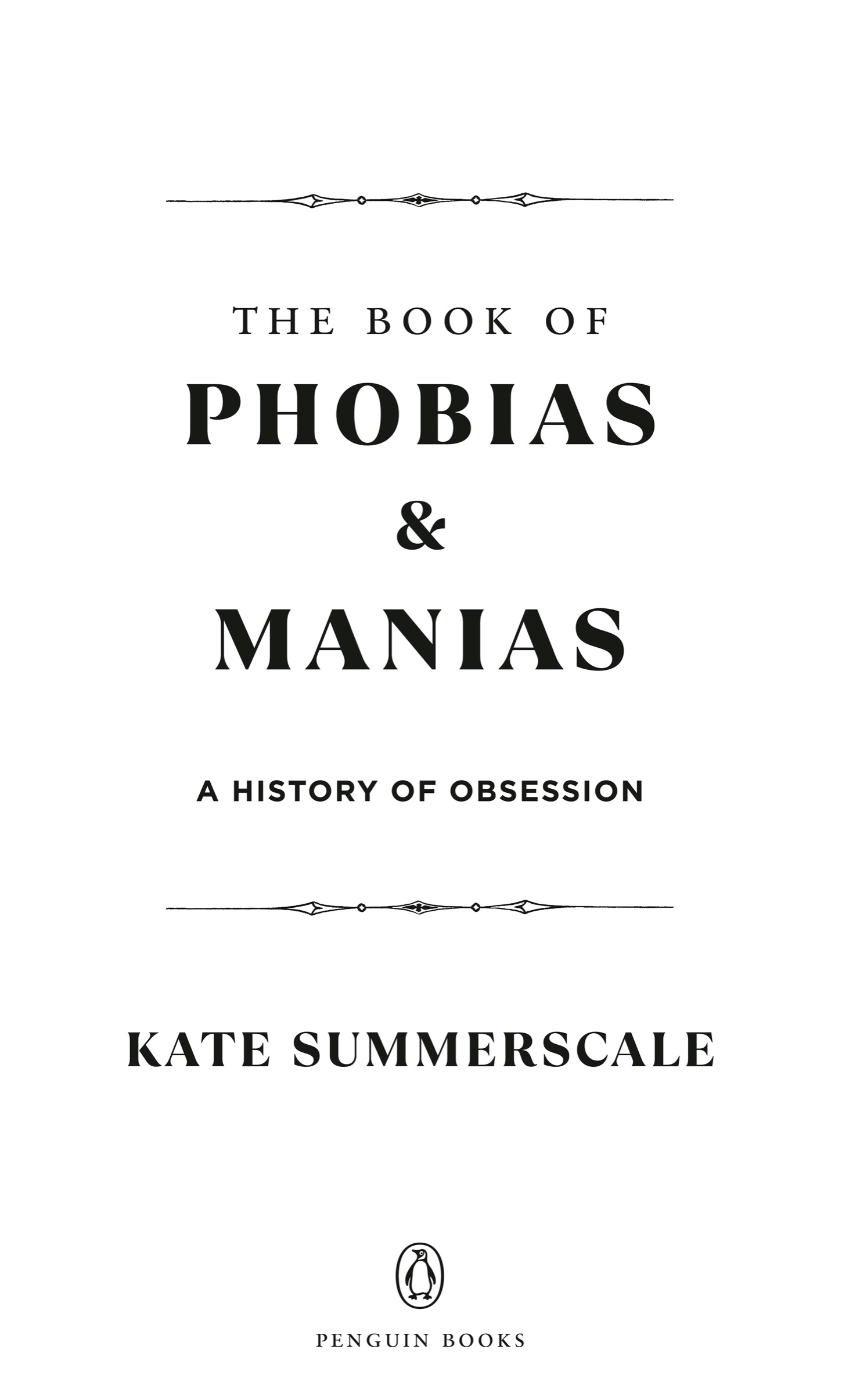Penguin Random House supports copyright. Copyright fuels creativity, encourages diverse voices, promotes free speech, and creates a vibrant culture. Thank you for buying an authorized edition of this book and for complying with copyright laws by not reproducing, scanning, or distributing any part of it in any form without permission. You are supporting writers and allowing Penguin Random House to continue to publish books for every reader.
Lines from Counter-Attack Siegfried Sassoon and reproduced by kind permission of the Estate of George Sassoon
Introduction
We are all driven by our fears and desires, and sometimes we are in thrall to them. Benjamin Rush, a Founding Father of the United States, kicked off the craze for naming such fixations in 1786. Until then, the word phobia (which is derived from Phobos, the Greek god of panic and terror) had been applied only to symptoms of physical disease, and the word mania (from the Greek for madness) to social fashions. Rush recast both as psychological phenomena. I shall define phobia to be a fear of an imaginary evil, he wrote, or an undue fear of a real one. He listed eighteen phobias, among them terrors of dirt, ghosts, doctors and rats, and twenty-six new manias, including gaming-mania, military-mania and liberty-mania. Rush adopted a lightly comic tone home phobia, he said, afflicted gentlemen who felt compelled to stop off at the tavern after work but over the next century psychiatrists developed a more complex understanding of these traits. They came to see phobias and manias as lurid traces of our evolutionary and personal histories, manifestations both of submerged animal instincts and of desires that we had repressed.
A string of manias was added to Rushs list in the early part of the nineteenth century, and a great flurry of phobias and manias at the centurys close. The phobias included irrational fears of public spaces, small spaces, blushing and being buried alive (agoraphobia, claustrophobia, erythrophobia, taphephobia). The manias included compulsions to dance, to wander, to count and to pluck hair (choreomania, dromomania, arithmomania, trichotillomania). And we have continued to discover new anxieties: nomophobia (a fear of being without a mobile phone), bambakomallophobia (a dread of cotton wool), coulrophobia (a horror of clowns), trypophobia (an aversion to clusters of holes). Many have been given more than one name a fear of flying, for instance, appears in this book as aerophobia, but is also known as aviophobia, pteromerhanophobia and, more straightforwardly, flying phobia.
All phobias and manias are cultural creations: the moment at which each was identified or invented marked a change in how we thought about ourselves. A few of those described here are not psychiatric diagnoses at all, being words coined to name prejudice (homophobia, xenophobia), to mock fads or fashions (Beatlemania, tulipomania) or to make a joke (aibohphobia, hippopotomonstrosesquipedaliophobia, the supposed fears of palindromes and long words). But most of the entries in this volume describe real and sometimes tormenting conditions. Phobias and manias reveal our inner landscapes what we recoil from or lurch towards, what we cant get out of our heads. Collectively, they are the most common anxiety disorders of our time.
Phobia particularises anxiety, observes the literary scholar David Trotter, to the point at which it can be felt and known in its particularity, and thus counteracted or got around. A mania, too, can condense a host of fears and desires. These private obsessions are the madnesses of the sane; perhaps the madnesses that keep us sane by crystallising our frights and fancies, and allowing us to proceed as if everything else makes sense.

To be diagnosed as a phobia, according to the American Psychiatric Associations Diagnostic and Statistical Manual 5 (2013), a fear must be excessive, unreasonable and have lasted for six months or more; and it must have driven the individual to avoid the feared situation or object in a way that interferes with normal functioning. The DSM-5 distinguishes social phobias, which are overwhelming fears of social situations, from specific phobias, which can be divided into five types: animal phobias; natural environment phobias (fears of heights, for instance, or of water); blood, injection and injury phobias; situational phobias (such as entrapment in closed spaces); and other extreme fears, such as a dread of vomiting, choking or noise.
Though specific phobias can be more responsive to treatment than any other anxious conditions, most people dont report them, choosing instead to avoid the objects that they fear it is thought that only one in eight people with such a phobia seeks help. This makes it difficult to measure their prevalence. But a review in The Lancet Psychiatry in 2018, which synthesised twenty-five surveys carried out between 1984 and 2014, found that 7.2 per cent of us are likely to experience a specific phobia at some point in our lives, and a survey carried out by the World Health Organization in 2017, using data from twenty-two countries, came to very similar conclusions. These studies also indicated that specific phobias are much more common in children than adults, that the rates halve among the elderly, and that women are twice as phobic as men. This means that, on average, one woman in ten experiences a specific phobia, and one man in twenty. National surveys suggest that a further 7 per cent of Americans and 12 per cent of Britons have social phobias.
These figures are for phobic disorders, which interfere with everyday life. Many more of us have milder aversions or dreads that we sometimes refer to as phobias: a strong dislike of public speaking or of visiting the dentist, of the sound of thunder, or the sight of spiders. In the US, more than 70 per cent of people say they have an unreasonable fear. When I began researching this book, I did not think of myself as having any particular phobias apart, perhaps, from my teenage dread of blushing and an enduring anxiety about flying but by the time Id finished I had talked myself into almost every one. Some terrors are no sooner imagined than felt.


